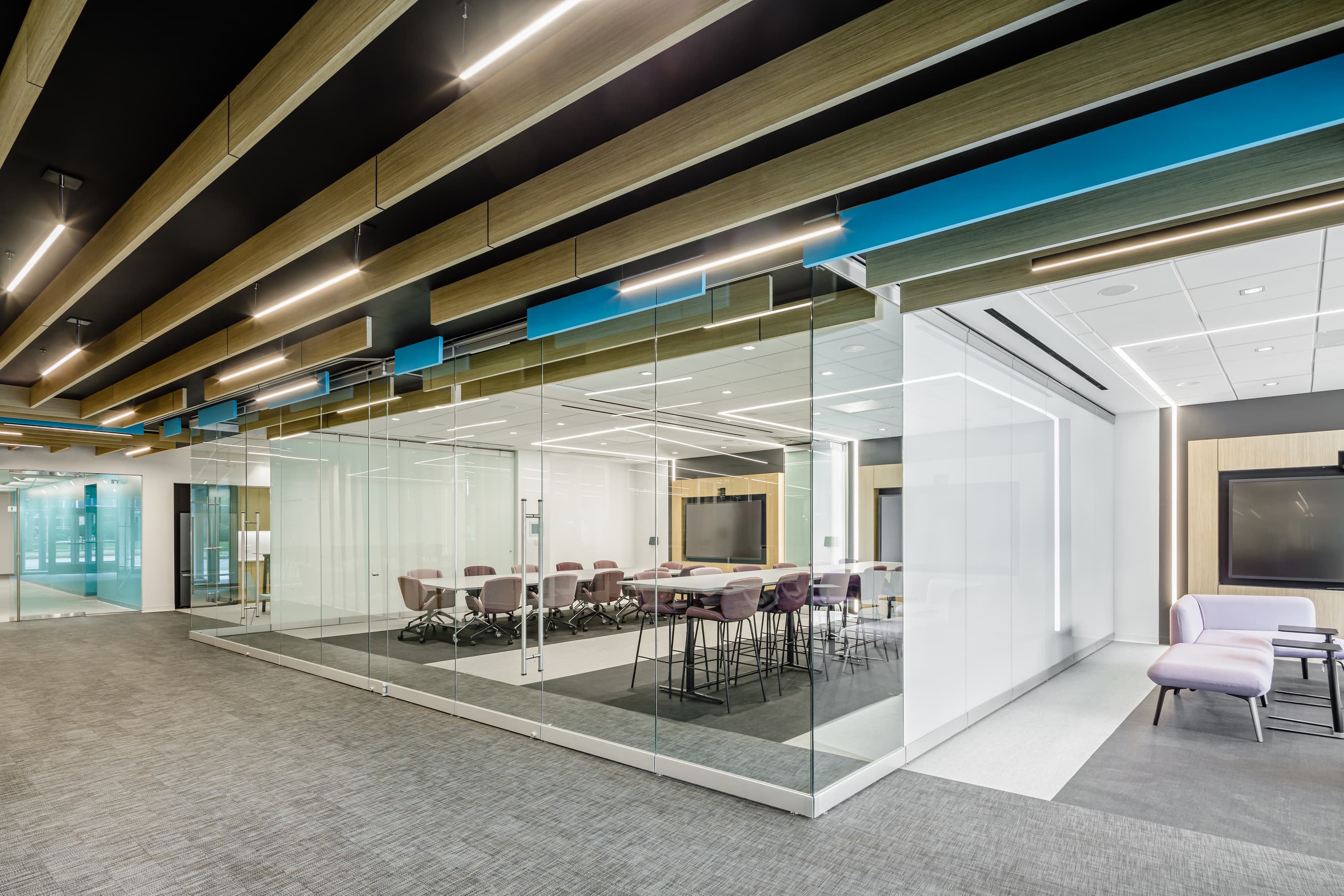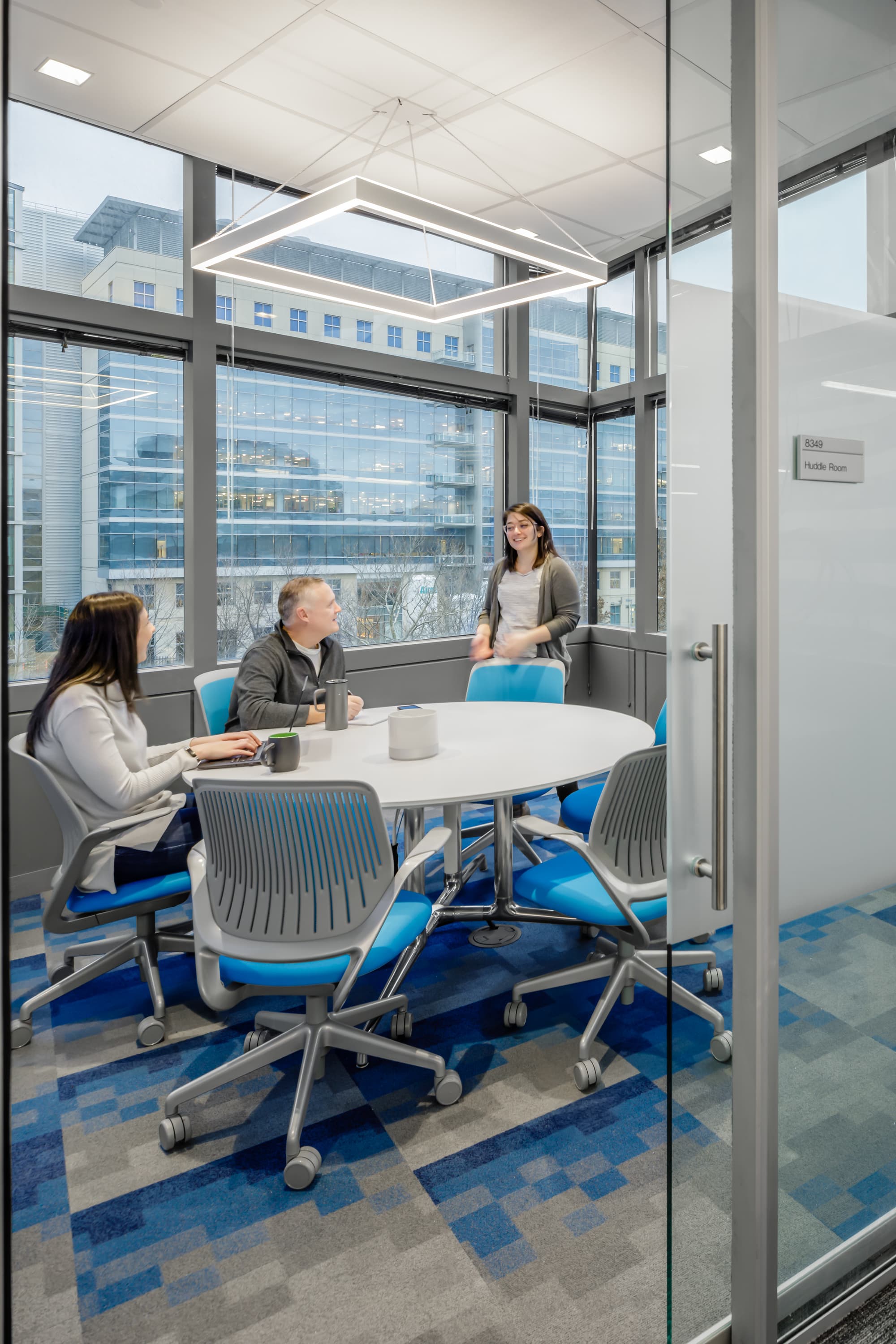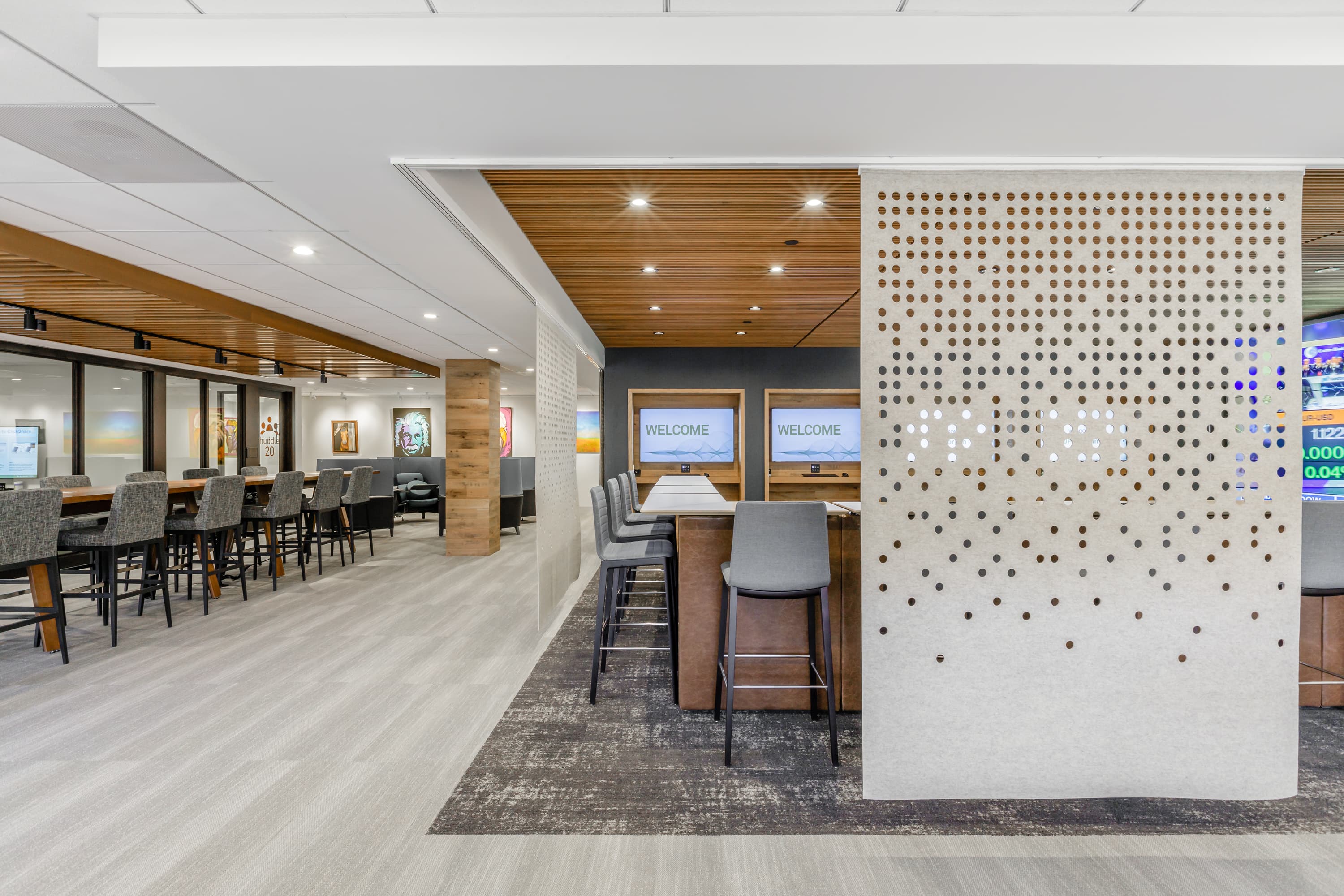At the onset of the pandemic, employers from every industry were forced to figure out a new way to function successfully. With lockdowns in place and the traditional office structure thrown into flux, companies had to weather the upheaval in the world while simultaneously pivoting to a new way of life that mandated new ways of working. Many people panicked about how well this would work, however employees thrived under pressure. This produced an unprecedented revelation: No longer forced between choosing to do their best work, their health & wellbeing or their families, employees now had the flexibility they craved to support themselves and their families and still create their best work.
While the road ahead of us isn’t exactly clear, we know some employers are starting to require their team members to return to the office. However, it’s safe to say that employees want to maintain that same level of autonomy they gained during the initial phases of the pandemic. In a survey of 25,000 people conducted by IBM, 75% of respondents said they would like to continue to work from home in at least a partial capacity, while 40% of respondents said they feel strongly that their employer should give employees the choice to opt-in to remote work.
The workplace will obviously always exist in some form but it’s clear that it must evolve. This evolution is multifaceted and will need to merge workplace design and real estate to create purposeful spaces for employees to utilize and re-engage based on the work they need to complete. Furniture and real estate vendors will be an integral part of this conversation and evolution, helping to reshape, rethink and rebuild what comes next.
If employers are truly serious about retaining their workforce and motivating their team members to return to the office, it's vital they begin to reimagine and reinvent. It’s clear that flexibility and trust will be at the core of what is next and rebuilding the future to be better than the past we were forced to leave behind will inevitably lead to an evolution that will be unlike anything we had before.
A New Way of Thinking: Before the pandemic, work expectations were largely based on outdated trends that reflected a hierarchical organizational structure. Instead of being judged based on their work output, employees were expected to conform to a system where they spent a specific time period within set parameters in a specified work area. Often, productivity was measured based on how many hours employees sat in those pre-prescribed locations instead of the quality of the work they produced.
In contrast, this perception of pre-pandemic work doesn’t exist in the same form anymore, and employees aren’t hesitant to make this known. 96% of employees now say they need greater flexibility, according to the Harvard Business Review. But of those surveyed employees, only 47% claimed to have access to the level of flexibility they need in order to function properly. This illustrates a gap that shows employees crave purposeful spaces for them to utilize based on the work they need to complete if and when they are onsite at their organizations. It also highlights a significant gap in the industry between what employers and employees actually want.
The Lasting Workplace: There will always be a need for the office. However, it will exist in a way that caters to the changing needs of the workforce. It’s important to clarify that this is not a reduction or elimination of real estate. Instead, it’s rethinking its purpose and necessity. Instead of the typical pre-pandemic office centered around pre-prescribed expectations and hierarchical design, employees are now seeking an office that can be utilized as an asset to achieve the goals and objectives their employers desire.

Reconfigurable meeting rooms with movable furniture and corresponding technology allowing for flexibility and adaptability while technologically simultaneously supporting virtual and in person engagements. (picture provided by SMMA)
When the work they are asked to complete is centered around collaboration, innovation, and bringing people together, employees recognize an office environment conducive to this work will help draw them in.
Employees can begin to see the workplace as an asset to take advantage of vs. an obligation that needs to be fulfilled. By providing spaces employees will want to return to, companies can function at their highest level.
A Place to Thrive: There are certain things each workplace must provide for their employees in order to help them thrive in and out of the office. Above all, team members need the flexibility and autonomy to do the work they need to complete.
In addition to utilizing a redefined office as an asset when needed, employees want the autonomy to identify when and where their work requires an alternative location and they desire their employers to afford them the freedom to make those choices.
If they need to complete “heads down” work, employees want the ability to find the space and time to do that work on their own. If it’s collaborative work, they want the ability to choose whether that’s done over technology or in a group environment for a prescribed amount of time. This goes beyond the traditional cubicle setup, or a random bench in a hallway. Employees desire a more level playing field. Instead of the traditional conference room with the leader at the head of the table, employees want to see designed spaces and furniture utilized to create a more equalized space. The focus will no longer be on maximizing occupancy but converting the elements to support a diverse workstream.

Conference rooms supporting round conference tables vs. traditional rectangular tables allows greater opportunity for equality in meetings for all users. (picture provided by SMMA)
Clearly, the workplace will always exist in some way. But it’s the method with which we leverage that environment to support employees that will make the most significant difference. Rethinking, redefining and rebuilding not only the spaces employers and employees leverage but also the upend the traditional beliefs around employee health & wellbeing, productivity, collaboration and innovation we will see a much more equal, happier and productive workforce.

Reconfigurable working lounge seating with community group table. This allows for maximum flexibility and adaptability for users to configure space as they need and see fit. (picture provided by SMMA)
Top Image: Reconfigurable bench seating with modular table top power for engineering users (picture provided by SMMA)


